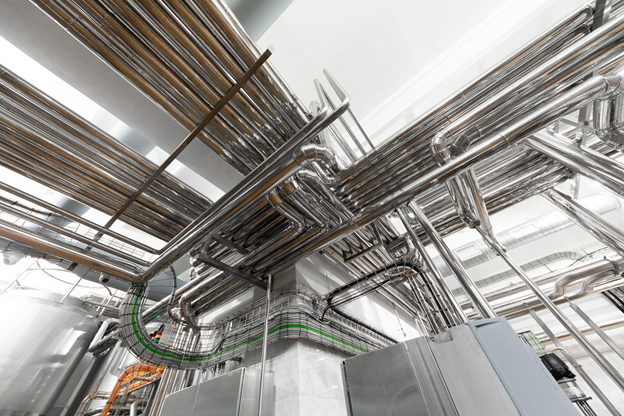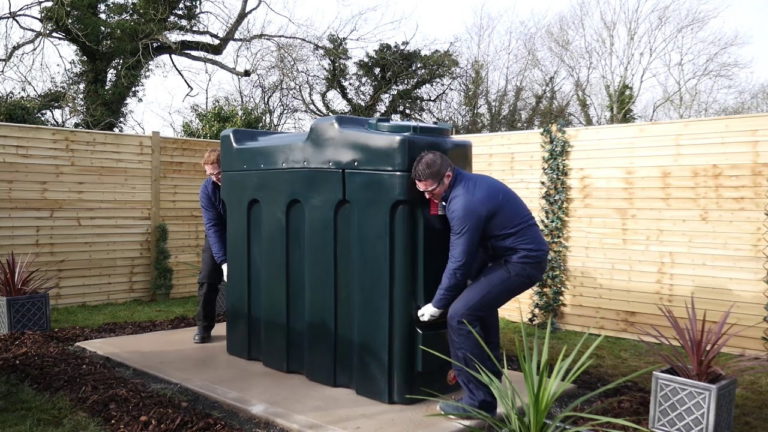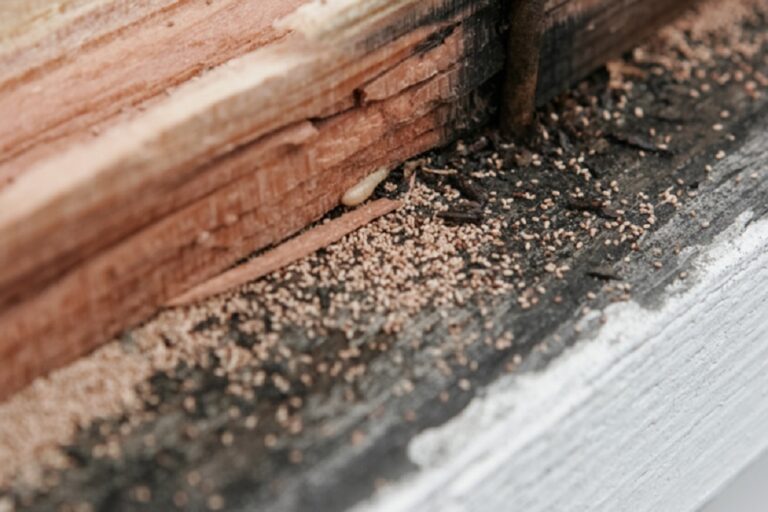
Choosing the right stainless steel tubing for your project is crucial to ensuring durability, performance, and safety. Stainless steel tubing is widely used in various industries due to its excellent corrosion resistance, high strength, and aesthetic appeal. This comprehensive guide will help you understand the different types of stainless steel tubing, their applications, and the key factors to consider when making your selection.
Understanding Stainless Steel Tubing
Stainless steel tubing is made from an alloy of iron, chromium, nickel, and other metals. The presence of chromium gives stainless steel its corrosion-resistant properties. Tubing can be either welded or seamless, and each type has its own advantages and applications.
Welded vs. Seamless Stainless Steel Tubing
Welded Tubing
Welded stainless steel tubing is manufactured by rolling a flat strip of steel into a tube and then welding the seam. This method is generally more cost-effective and suitable for applications where high pressure is not a primary concern. Welded tubing is available in a wide range of sizes and wall thicknesses.
Seamless Tubing
Seamless stainless steel tubing is produced by extruding a solid billet of steel into a tube, resulting in a product with no weld seam. This process makes seamless tubing stronger and more resistant to pressure and corrosion. It is ideal for high-pressure applications and environments where the tubing is exposed to harsh conditions.
Types of Stainless Steel Tubing
Stainless steel tubing comes in various grades, each with specific properties that make them suitable for different applications. The most common grades are 304 and 316 stainless steel.
304 Stainless Steel Tubing
304 stainless steel is the most widely used stainless steel grade. It offers excellent corrosion resistance, high tensile strength, and good formability. This grade is suitable for a wide range of applications, including food processing, chemical processing, and architectural projects.
316 Stainless Steel Tubing
316 stainless steel contains more nickel and molybdenum than 304, which enhances its corrosion resistance, especially in chloride environments. It is ideal for marine applications, pharmaceutical manufacturing, and chemical processing where exposure to harsh chemicals and saltwater is common.
Key Factors to Consider When Choosing Stainless Steel Tubing
Selecting the right stainless steel tubing involves considering several factors to ensure it meets the specific requirements of your project.
1. Application Requirements
The first step in choosing the right stainless steel tubing is understanding the requirements of your application. Consider the following questions:
- What is the operating environment?
- What types of fluids or gases will the tubing carry?
- What are the pressure and temperature conditions?
- Is corrosion resistance a critical factor?
For example, if your project involves exposure to harsh chemicals or saltwater, 316 stainless steel tubing would be more suitable due to its superior corrosion resistance.
2. Size and Dimensions
Stainless steel tubing comes in various sizes and wall thicknesses. The size of the tubing you need will depend on the flow rate and pressure requirements of your application. Common dimensions to consider include outer diameter (OD), inner diameter (ID), and wall thickness.
Ensure that the tubing size you select can handle the required pressure and flow rate without causing excessive pressure drops or flow restrictions.
3. Mechanical Properties
Consider the mechanical properties of the stainless steel tubing, such as tensile strength, yield strength, and hardness. These properties determine the tubing’s ability to withstand mechanical stresses and loads. For high-pressure applications, seamless stainless steel tubing is often preferred due to its superior strength and pressure resistance.
4. Corrosion Resistance
Different grades of stainless steel offer varying levels of corrosion resistance. Assess the environmental conditions in which the tubing will be used and choose a grade that can withstand those conditions. For example, 316 stainless steel is better suited for marine environments due to its enhanced resistance to chloride corrosion.
5. Standards and Specifications
Ensure that the stainless steel tubing you choose meets the relevant industry standards and specifications. Common standards include ASTM (American Society for Testing and Materials), ASME (American Society of Mechanical Engineers), and ISO (International Organization for Standardization). Compliance with these standards ensures the tubing meets the required quality and performance criteria.
6. Finish and Surface Quality
The finish and surface quality of stainless steel tubing can affect its performance and appearance. Common finishes include:
- Mill Finish: The standard finish for stainless steel tubing, suitable for many industrial applications.
- Polished Finish: A smoother finish achieved through mechanical polishing, often used in architectural and decorative applications.
- Electropolished Finish: A highly polished finish achieved through an electrochemical process, providing superior corrosion resistance and cleanliness, ideal for pharmaceutical and food processing industries.
7. Budget and Cost Considerations
While it is essential to select high-quality stainless steel tubing that meets your project requirements, it is also important to consider your budget. Welded tubing is generally more cost-effective than seamless tubing and may be suitable for applications where high pressure and extreme conditions are not a concern.
Applications of Stainless Steel Tubing
Stainless steel tubing is used in a wide range of industries due to its versatility and excellent properties. Here are some common applications:
1. Food and Beverage Industry
Stainless steel tubing is widely used in the food and beverage industry for processing, transporting, and storing food products. Its corrosion resistance, ease of cleaning, and hygienic properties make it ideal for this sector.
2. Chemical and Pharmaceutical Industry
In chemical and pharmaceutical manufacturing, stainless steel tubing is used to transport chemicals, gases, and pharmaceutical products. The high corrosion resistance and ability to withstand harsh environments make it a preferred choice.
3. Oil and Gas Industry
The oil and gas industry relies on stainless steel tubing for transporting oil, gas, and other fluids. Seamless stainless steel tubing is particularly important in this industry due to its ability to withstand high pressures and corrosive environments.
4. Automotive and Aerospace Industry
Stainless steel tubing is used in the automotive and aerospace industries for various applications, including exhaust systems, fuel lines, and hydraulic systems. Its strength, durability, and resistance to high temperatures make it suitable for these demanding applications.
5. Architectural and Construction Industry
In the architectural and construction industry, stainless steel tubing is used for structural components, handrails, and decorative elements. Its aesthetic appeal, corrosion resistance, and durability make it a popular choice.
6. Medical and Healthcare Industry
Stainless steel tubing is used in the medical and healthcare industry for surgical instruments, medical devices, and hospital equipment. The material’s biocompatibility, ease of sterilization, and resistance to corrosion are critical factors in this sector.
Conclusion
Choosing the right stainless steel tubing for your project involves considering various factors, including application requirements, size and dimensions, mechanical properties, corrosion resistance, standards, finish, and budget. Understanding these key aspects will help you make an informed decision and ensure that the selected tubing meets the specific needs of your project.
Whether you are working on a food processing plant, a chemical manufacturing facility, or a high-pressure oil and gas pipeline, stainless steel tubing offers the durability, reliability, and performance required for successful and long-lasting installations. By selecting the appropriate grade and type of stainless steel tubing, you can optimize the efficiency and safety of your system, ultimately achieving the best results for your project.







